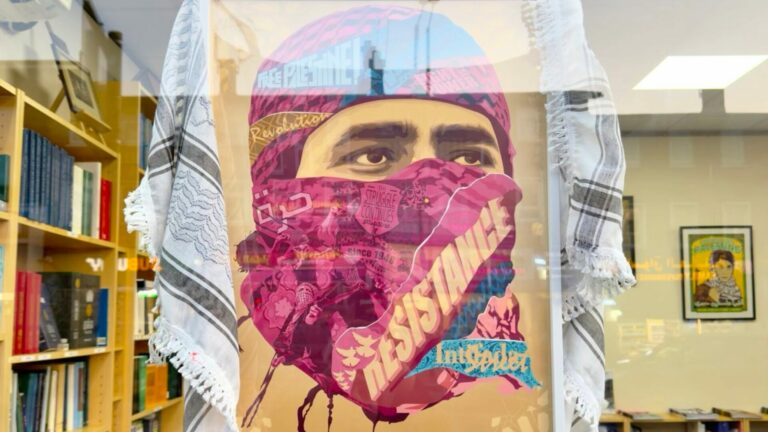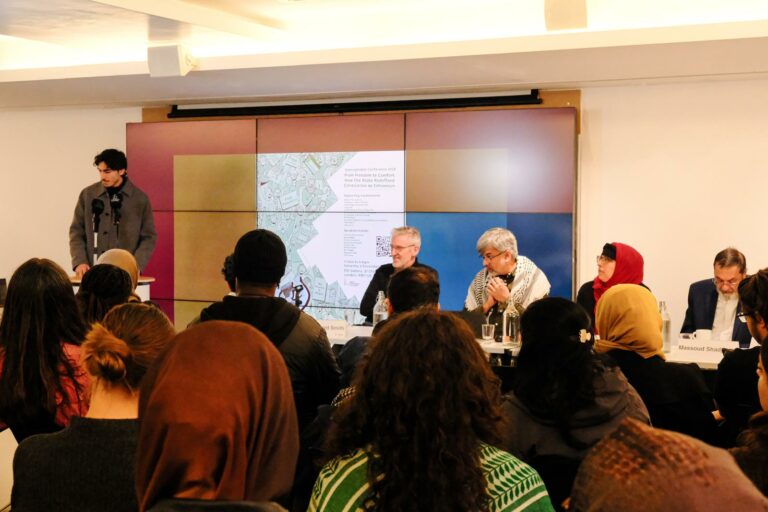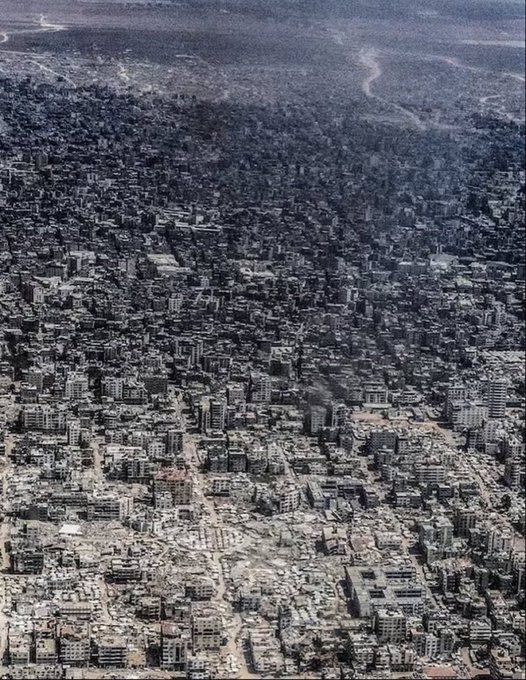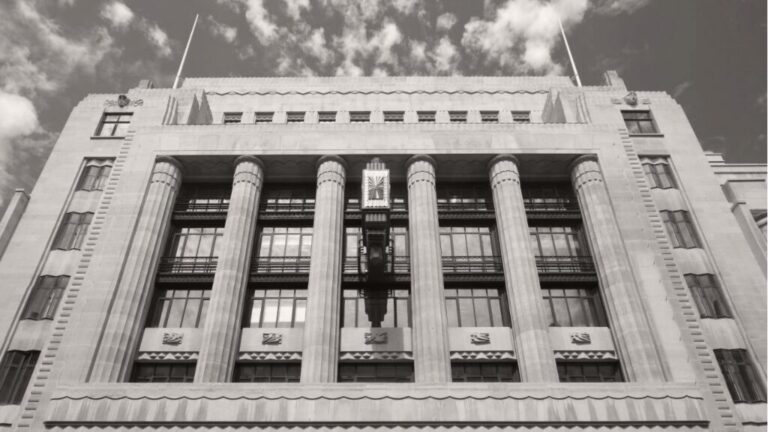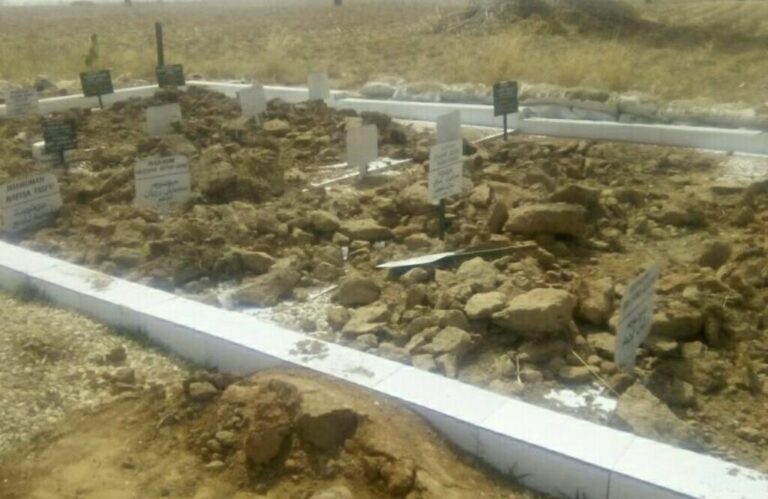A comprehensive report detailing the atrocities committed against the Muslim population of Gujarat.
Download the report here.
On 27 February 2002, 58 passengers on the Sabormati Express burnt to death at Godhra Railway Station in the Panchmahal district of Gujarat. Allegations raged that Muslims were behind the attack. The incident instantaneously unleashed an orgy of unimaginable violence unprecedented in a region already burdened with a legacy of horrific human rights atrocities. Hindu mobs systematically sought out Muslim men, women and children and subjected them to unspeakable horrors.
Eyewitnesses and survivors gave harrowing accounts of gang rapes, mass slaughter, brutal mutilation and burning of bodies illustrating the shocking level of brutality suffered by the Muslim population. Gujarat witnessed the worst violence since the partition of India. Over 2000 were killed, 150,000 displaced and over 800 women and girls raped. These atrocities were accompanied by widespread destruction; arson attacks, looting and ransacking of businesses, homes, personal property and the demolition of 132 mosques and religious tombs. Nearly all of the victims of the well organized pogrom were Muslim. The wounds remain raw, with thousands still destitute, living in relief camps, still in fear of their lives.
The massacres were initially described as a ‘spontaneous reaction’ by the Chief Minister of Gujarat, Narendra Modi. However the manner in which the massacre was carried out suggests a different story. It raises questions about the motivation behind the carnage. Was this really a response to the Godhra incident or was it, as many suggest, pre-mediated and part of a wider plan for the removal of the Muslim population from the state?
The immediate mobilization and ‘retaliation’ of massive numbers of Hindu mobs within such a short space of time, the nature and pattern of the atrocities and the similarity in manner and precision in which they were carried out and more disturbingly, the involvement of the state government and police authorities shed light on the above questions.
This report explores the issues raised beginning with a look at the incident at Godhra Railway station that apparently sparked the massacre of the Muslims. An examination of the rise of Hindu fundamentalism is necessary to provide light as to the reasons for the massacres as well as to put the atrocities in context. It is then necessary to chart the types of atrocities that were committed, to determine who was behind them and why the state apparatus failed to put an end to the cycle of violence.

